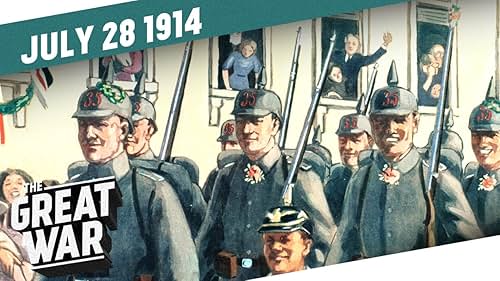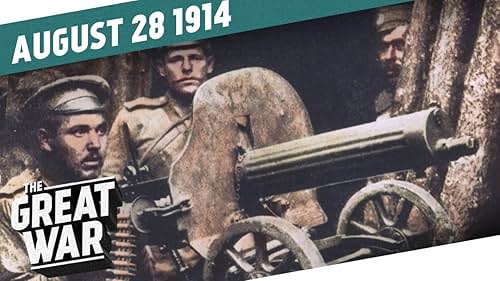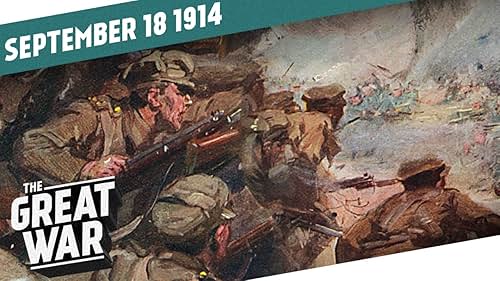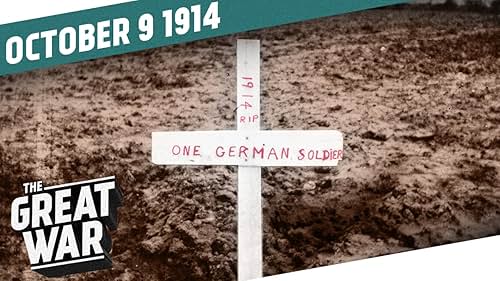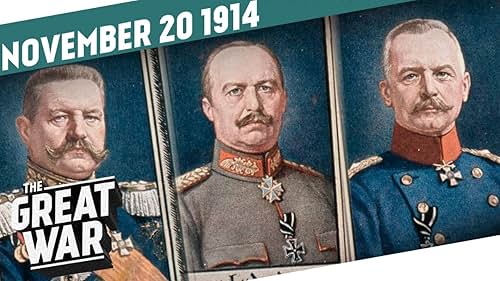Top-rated
Sun, Jul 27, 2014
After the assassination of Franz Ferdinand, Austria-Hungary is determined to put a lid on Serbia once and for all. Germany wanted to go to war with Russia sooner than later, because it was a afraid of a strong Czar. In our first episode, Indy explains how the conflicts in Europe spiraled into a world war.
Top-rated
Wed, Aug 6, 2014
Austria-Hungary starts the bombardment of Belgrade. What follows is a race of armies between all major powers in Europe. Nobody wants to be unprepared in case of an attack. Germany is implementing the Schlieffen-Plan to avoid a two front war by conquering Paris via Belgium. One thing gets clear in the first days at the Western Front: This war is going to be different - the modern warfare shows itself.
Wed, Aug 13, 2014
The first few days of war were a combination of failed organisation and chaos. The Austro-Hungarian supreme command lacks combat experience, and their irrational actions in Serbia are causing turmoil among the Germans. At the Eastern and Western Front, early signs of problems can be seen, too, which the armies will pay a terrible price for, in the upcoming weeks.
Wed, Aug 20, 2014
In the early days of World War 1, warfare is still based on ideas and ideals of 19th century generals. The technological progress during industrialisation clashes with obsolete war tactics (Plan XVII). Tens of thousands of soldiers lose their lives in carnage at the Western Front. The French Army marches into battle in bright uniforms, where the German Army awaits them with machine guns. Artillery already shows how brutal and effective it's going to be during the rest of World War 1.
Wed, Aug 27, 2014
During their advance through Belgium, the German Army is committing atrocities against Belgian civilians - justified as response to resistance and sabotage against their advancement. The Austro-Hungarian Army is perpetrating massacres against the Serbian civilian population to retaliate against Serbian guerrilla warfare. At the Eastern Front, German generals Hindenburg and Ludendorff succeed in one of the most important battles of World War I: The Battle of Tannenberg.
Wed, Sep 3, 2014
While the Germans on the Western Front are very close to reaching Paris, the Eastern Front proves to become a disastrous failure for the Austro-Hungarian forces. Conrad von Hötzendorf overestimated his skills and the strength of his troops. And after his too complicated plan in Galicia failed, the town of Lemberg falls into the hands of the Russians. Meanwhile, the war starts spreading into Asia, as Japan is besieging Tsingtao and New Zealand conquers German Samoa.
Wed, Sep 10, 2014
The German Army is so close to Paris that French soldiers are brought to the front by taxis. Together with the British Expeditionary Forces, the French are fighting the German advance near the Marne river. Meanwhile, the Austro-Hungarian army is retreating to the Carpathian Mountains after a catastrophic defeat against Russia with hundreds of thousands of casualties.
Wed, Sep 17, 2014
After the advances and retreats during the early weeks of war, the front is coming to a grinding hold after the Battle of the Aisne. The German Army is digging itself in on one side of the river and a new, horrible chapter of World War One begins: trench warfare. To be prepared for this new kind of war, the British Army is recruiting over 400.000 soldiers still believing that the war will be over by Christmas.

